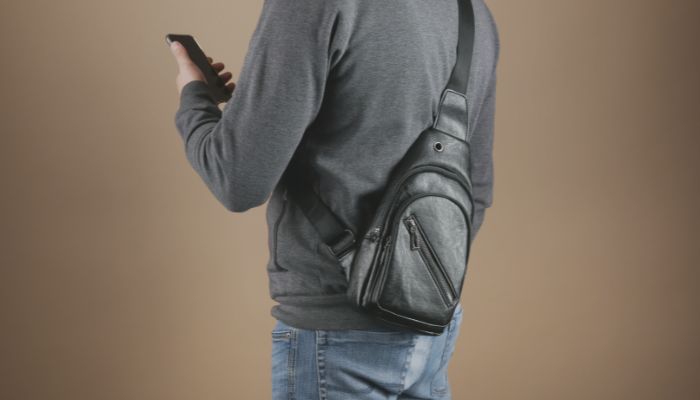Choosing between sling and shoulder bags largely depends on your style, carrying needs, and comfort preferences. Here are some considerations for each type of bag to help you decide which one might be more suitable for you:
Sling Bag
Advantages:
Balanced Carrying: Sling bags distribute weight across your body, reducing stress on one shoulder and potentially providing more comfort, especially when carrying heavier items.
HandsFree: This style allows for easy access to both hands, making it convenient for activities that require frequent use of both hands, such as cycling or carrying groceries.
Security: The bag sits close to the body, which can help prevent theft since it’s less accessible to pickpockets.
Disadvantages:
Style Considerations: Sling bags may not be as suitable for formal events or business settings where a more professional appearance is desired.

Shoulder Bag
Advantages:
Style Versatility: Shoulder bags come in a wide range of styles, sizes, and materials, making them adaptable to various occasions, from casual to formal.
Professional Appearance: They often convey a more polished and professional look, which can be beneficial in business or formal settings.
Capacity: Some designs offer larger compartments that can accommodate more items, making them practical for work or daily use.
Disadvantages:
Weight Distribution: Carrying a heavy load on one side can cause discomfort or strain on the neck and shoulders if the bag is not well-balanced or worn for extended periods.
Accessibility: Accessing items in a shoulder bag can sometimes be less convenient than with a sling bag since you need to remove the bag from your shoulder to reach inside.

When deciding between a sling bag and a shoulder bag
- Consider Your Needs: Consider what you typically carry (e.g., laptop, water bottle) and how much weight you’re comfortable supporting on your body.
- Evaluate Your Style: Consider whether you prefer a casual or professional look and whether the bag should complement your attire.
- Think About Comfort: Consider how long you’ll typically wear the bag and whether you need your hands free frequently throughout the day.
- Check the Design: Look at the materials used in the construction of the bag (e.g., leather, canvas), its overall design, colour, and any additional features (like pockets or organizational sections) that could enhance its functionality for you specifically.
- Try It On If possible, physically try on both styles to see how they feel when worn and which aligns better with your preferences regarding comfort and style.

